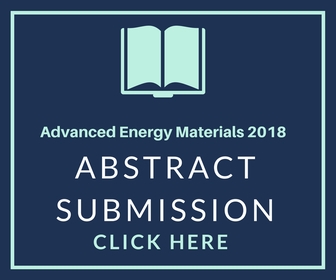Natasa Zabukovec Logar
National Institute of Chemistry and University of Nova Gorica, Slovenia
Title: Porous materials in heat storage and reallocation applications
Biography
Biography: Natasa Zabukovec Logar
Abstract
Thermal energy storage is recognized as one of the crucial technologies for enabling more efficient use of fossil fuels and renewable energies by providing the supply-demand balance. Thermochemical heat storage (TCS), which utilise the reversible chemical and physical sorption of gases, mostly water vapour, in solids, is currently considered as the only storage concept with a potential for long-term, also seasonal, heat storage of high enough storage density to be also economically attractive. Under the influence of a heat supply in TCS, water is desorbed from the material, which is then stored separately (an endothermic phenomenon referred to as the charging or activation of material). When water vapour and sorbent are put into contact, there is a heat release (an exothermic phenomenon referred to as a material’s discharge or deactivation). The TCS has a potential to enable an extensive use of a solar thermal energy and residual heat from industry, thus leading to a low carbon energy society. Over the last decade, a lot of attention has been devoted to the development of porous adsorbents, like zeolites, microporous alumino phosphates and metal-organic framework materials for water-adsorption-based thermal energy storage and heat transformations. A good sorption-based energy-storage material should fulfil the following requirements: (i) it should exhibit high water uptake at low relative humidity, (ii) it should be easily regenerated at low temperature, and (iii) it should be highly hydrothermally stable and should enable good cycling (adsorption/desorption) performance. Recently, we have focused on the studies of microporous alumino phosphates, which show remarkable water uptake characteristics, considering the water sorption capacity, as well as superior water uptake regime and thermal stability. The studies of structure-property relationship included diffraction, spectroscopic, calorimetric and computational approaches and enabled the materials optimization. One of the alumino phosphates, AlPO4-LTA, outperforms all other porous materials tested so far. It exhibits superior energy-storage capacity (495 kWh m-3) and shows remarkable cycling stability; after 40 cycles of adsorption/desorption its capacity drops by less than 1 wt%. Desorption temperature for this material, is lower from desorption temperatures of other tested materials by 10-15°C. This, for example, implies that regeneration of the material in a solar-energy-storage system should be easily achieved using most common types of solar collectors, e.g. flat plate collectors, even in regions without extended periods of intense solar irradiation.

